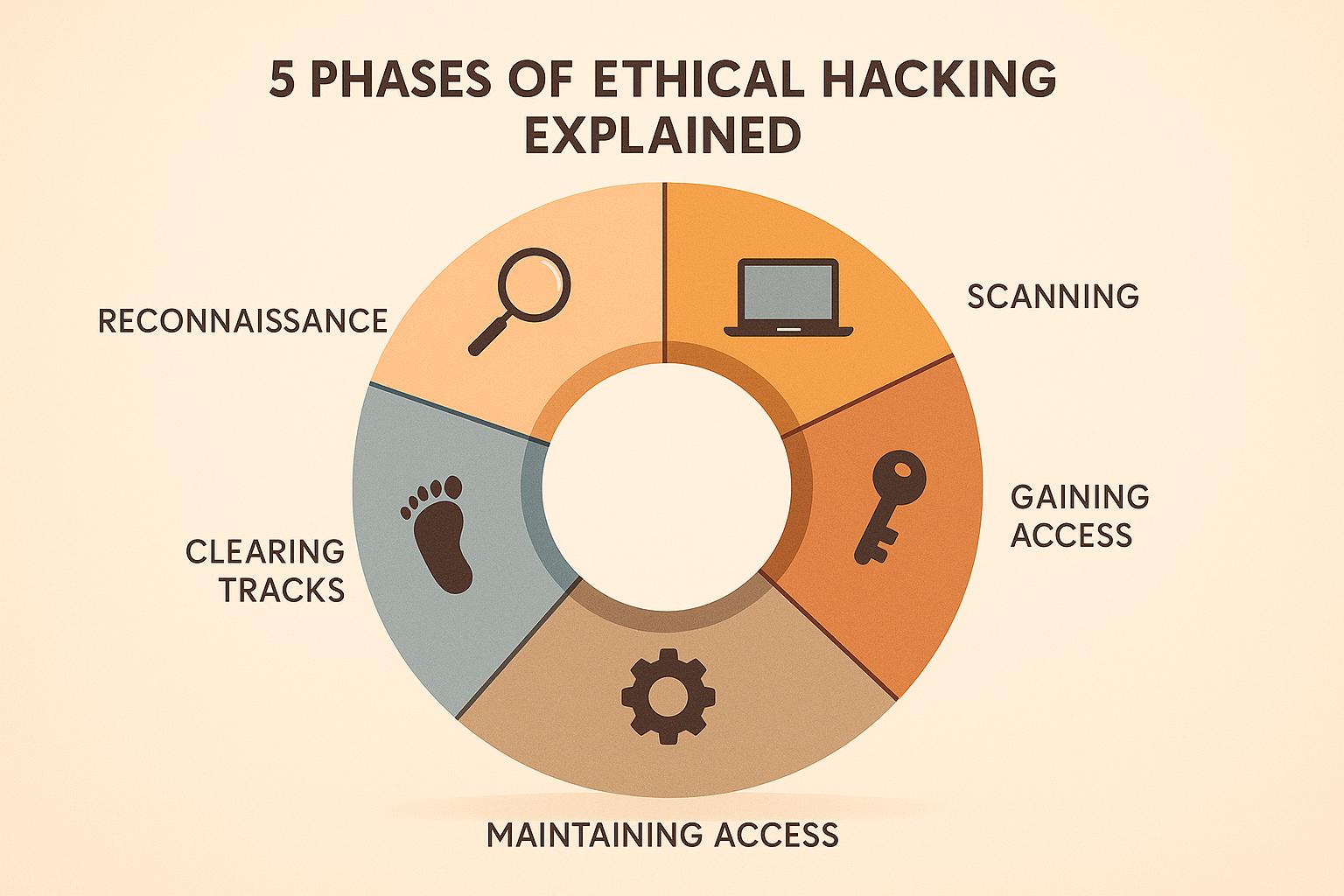In the rapidly evolving world of cybersecurity, networking serves as the backbone of understanding how systems communicate and how vulnerabilities can be exploited or mitigated. For young professionals or career switchers diving into cybersecurity, grasping foundational networking concepts is essential. This article breaks down the critical networking principles and their role in cybersecurity, helping you build a strong knowledge base without feeling overwhelmed.
Why Networking Is the Foundation of Cybersecurity
Networking lays the groundwork for understanding how devices connect, communicate, and share data over the internet or within a network. In cybersecurity, this knowledge becomes pivotal to:
- Identifying vulnerabilities in communication pathways
- Securing data exchanges
- Mitigating potential attacks such as DDoS, phishing, and spoofing
- Setting up protective measures like firewalls, VPNs, and intrusion detection systems
In this guide, we’ll explore the key networking concepts every cybersecurity professional must know, complete with beginner-friendly explanations and real-world context.
1. Understanding IP Addresses: The Digital Identity of Devices
Think of an IP (Internet Protocol) address as the digital address of your device - just like a home address tells people where you live, an IP address identifies your device in a network.
Types of IPs: IPv4 vs. IPv6
-
IPv4 (Internet Protocol Version 4):
- The older and widely used IP addressing format.
- Provides approximately 4.3 billion unique addresses, which were sufficient in the past but are now limited due to the exponential growth of connected devices.
-
IPv6 (Internet Protocol Version 6):
- The newer protocol with a larger pool of addresses to accommodate future needs.
- Offers enhanced security features and efficiency in routing.
Relevance to Cybersecurity
Hackers can misuse IP addresses to launch attacks. For example:
- DDoS Attacks: Overloading a victim’s IP address with traffic to disrupt services.
- Scanning Attacks: Identifying vulnerabilities in a system by probing its IP address.
Pro Tip: Use tools like the ipconfig command to find your system’s IP address and understand potential risks.
2. DNS: The Internet’s Phone Book
The Domain Name System (DNS) simplifies how humans interact with the internet. Instead of remembering strings of numbers (IP addresses), DNS allows you to type user-friendly names like "google.com."
How DNS Works
- Human-friendly domain names (e.g., google.com) are converted into IP addresses that computers can understand.
- Example: Typing "google.com" directs your browser to the actual IP address of Google’s servers (e.g., 142.250.190.14).
Threats to DNS
- DNS Spoofing/Poisoning: Hackers manipulate DNS responses to redirect users to malicious websites.
- Example: You think you’re visiting your bank’s website, but you’re taken to a fake site that steals your credentials.
Defense Mechanisms
- Implement DNS Security Extensions (DNSSEC) to ensure DNS responses aren’t tampered with.
3. HTTP vs. HTTPS: Protecting Web Traffic
Many people assume HTTP and HTTPS are the same, but there’s a critical difference - encryption.
HTTP (HyperText Transfer Protocol)
- Transmits data in plain text.
- Vulnerable to attacks like sniffing, where hackers capture network traffic to steal sensitive information.
- Example: If you log in to an HTTP site on public Wi-Fi, a hacker could see your username and password.
HTTPS (HyperText Transfer Protocol Secure)
- Adds encryption using SSL/TLS protocols, ensuring that any data exchanged between you and the server is secure.
- Recognizable by the padlock icon in your browser’s address bar.
Real-World Importance
- Online Banking and Shopping: Always ensure the site uses HTTPS to protect your financial data.
- Cybersecurity Best Practice: Never enter personal details on an HTTP-only site.
4. VPNs: Your Cloak of Anonymity
A Virtual Private Network (VPN) is like a secure tunnel for your internet activity. It hides your real IP address and encrypts all outgoing and incoming traffic.
How VPNs Enhance Security
- IP Masking: Your actual IP is replaced with one from the VPN server, making it harder for hackers to identify or target you.
- Encryption: All your data is scrambled, preventing eavesdropping on public Wi-Fi.
- Bypass Geo-Restrictions: Access content restricted to specific regions using a VPN.
Caution
Not all VPNs are trustworthy. Using malicious VPNs can expose your data to hackers. Always opt for a reputable VPN provider.
5. Firewalls: The Network Gatekeeper
Firewalls act as security guards for your network, controlling what traffic is allowed in or out based on predefined rules.
Types of Firewalls
- Hardware Firewalls: Physical devices protecting larger networks (e.g., company servers).
- Software Firewalls: Programs installed on individual devices.
Role in Cybersecurity
- Blocks unauthorized access and malicious traffic.
- Stops malware like viruses, worms, and ransomware from infiltrating your system.
Advanced Protection with IDS/IPS
- IDS (Intrusion Detection System): Detects potential attacks and sends alerts.
- IPS (Intrusion Prevention System): Detects and actively blocks attacks.
- Analogy: IDS warns you of a burglar, while IPS prevents them from entering your house.
Key Takeaways
- Master the Basics: Understanding networking concepts like IPs, DNS, HTTP/HTTPS, VPNs, and firewalls is essential for a strong cybersecurity foundation.
- Be Proactive: Use tools like VPNs and firewalls to protect your devices and data.
- Prioritize Security: Recognize the importance of HTTPS and DNS security in protecting sensitive information.
- Think Like an Attacker: Knowing how hackers exploit vulnerabilities helps you better defend against them.
- Never Stop Learning: Cybersecurity evolves rapidly - stay updated with the latest tools and techniques.
Final Words
Networking is often the first step for anyone entering cybersecurity, whether from a technical or non-technical background. By understanding how devices connect and communicate, you’ll be better equipped to secure systems and prevent cyberattacks. Start with the basics covered here, and as you advance, these concepts will form the foundation for tackling more complex challenges in the world of cybersecurity.
By taking the time to understand these principles now, you’re setting yourself up for success in a career that’s as rewarding as it is critical in today’s digital age. Stay curious, stay informed, and let these fundamentals guide your journey into cybersecurity.
Source: "Cyber Security Tutorial #07: Networking Basics | IP, DNS, VPN, Firewall, HTTP vs HTTPS" - The Techzeen, YouTube, Sep 2, 2025 - https://www.youtube.com/watch?v=tLLsXlYZNQU
Use: Embedded for reference. Brief quotes used for commentary/review.


